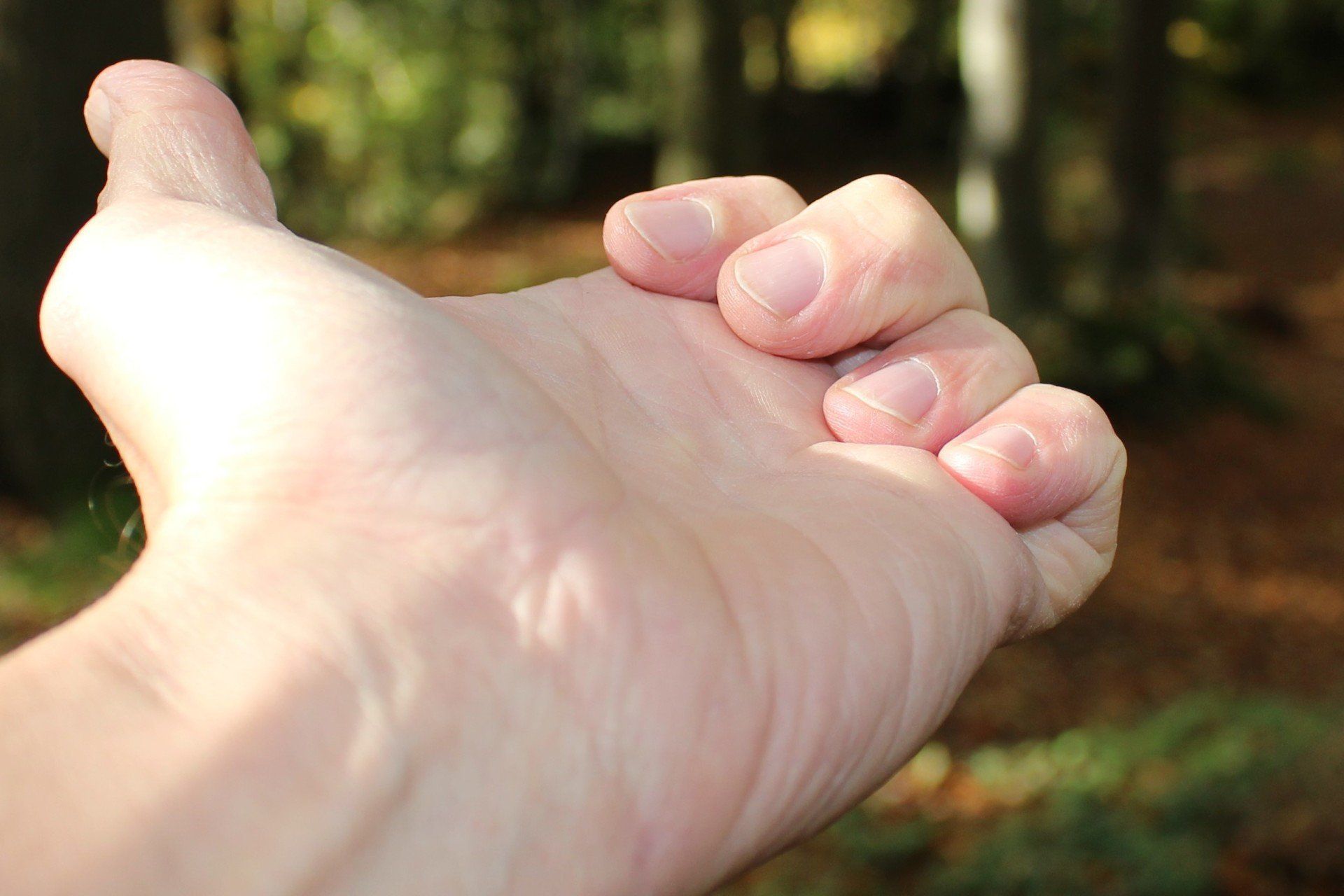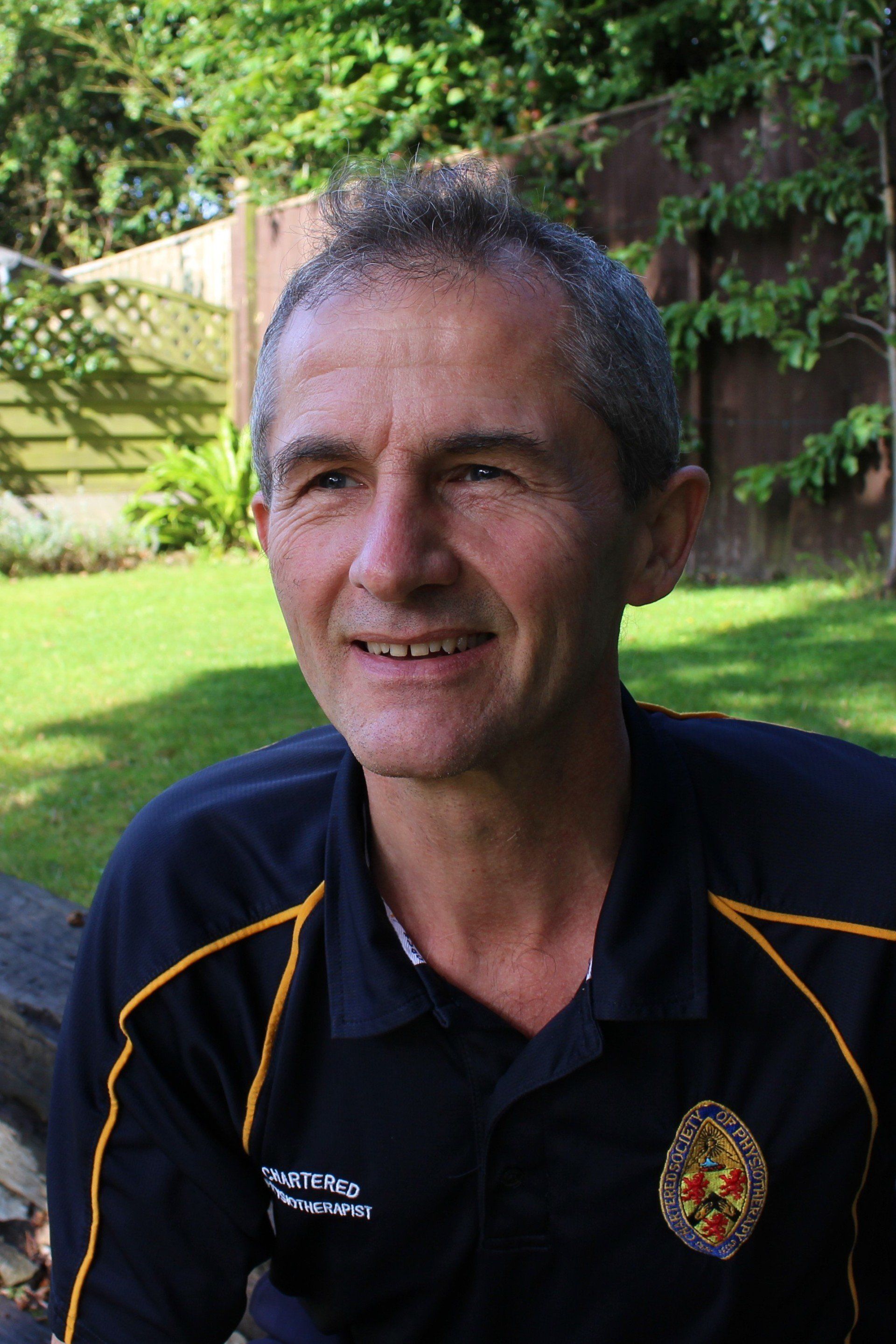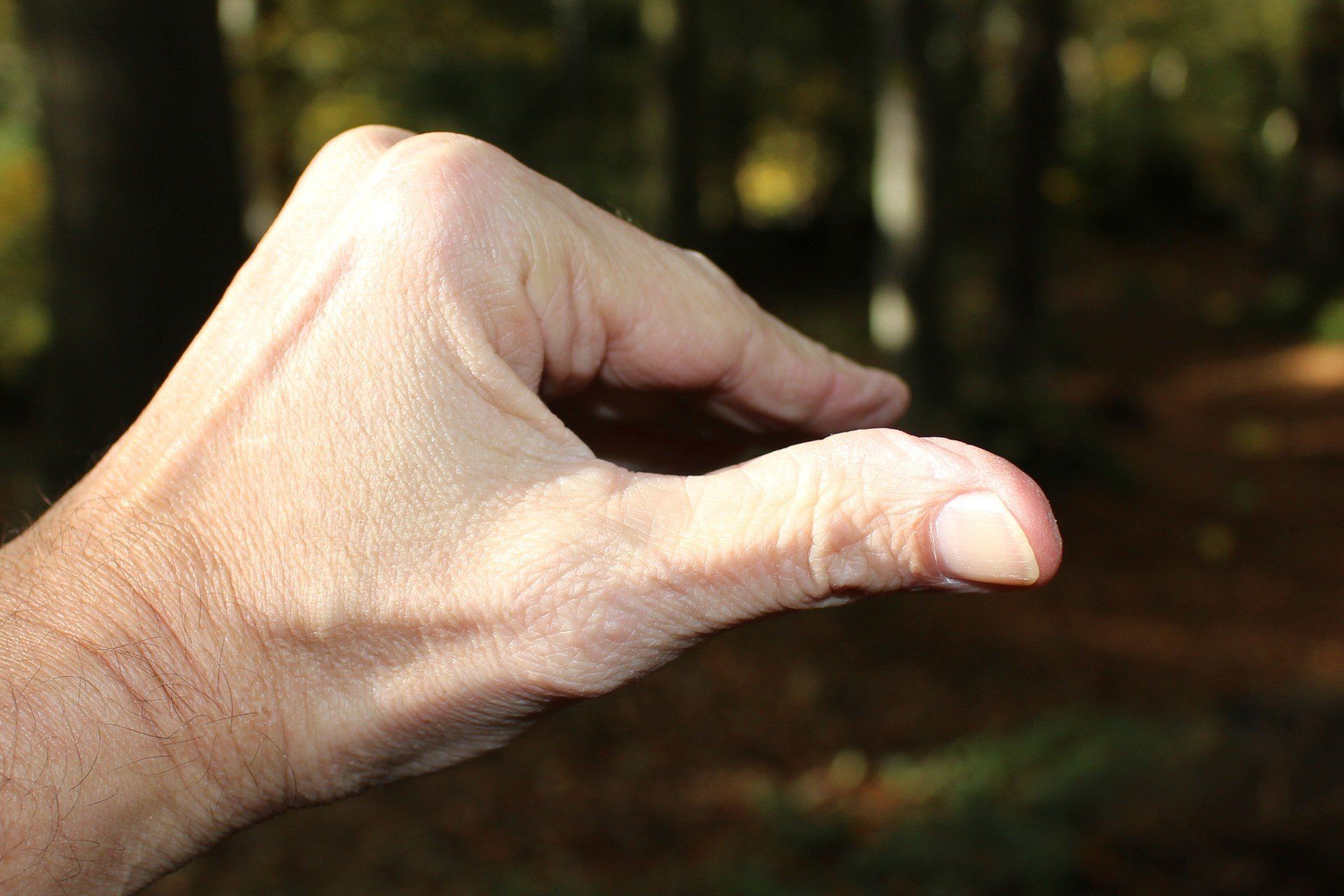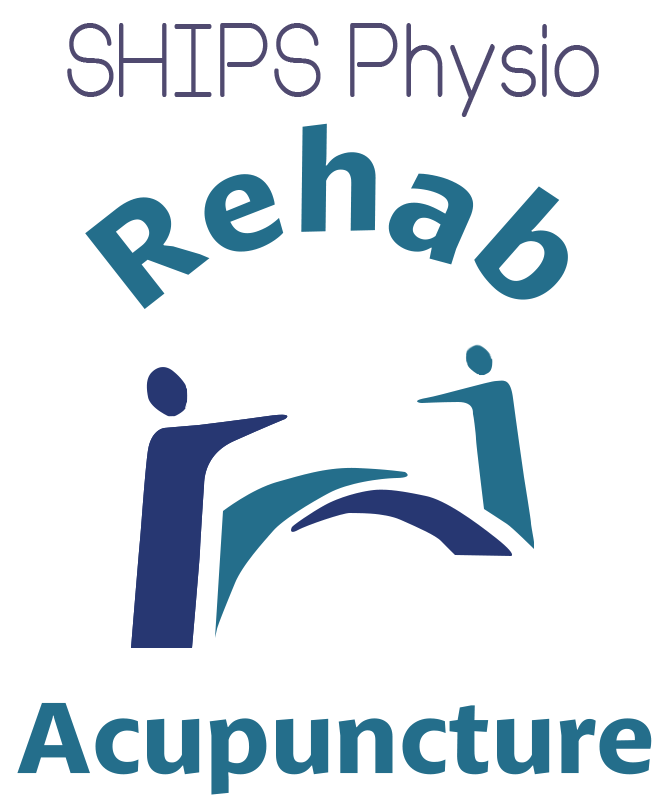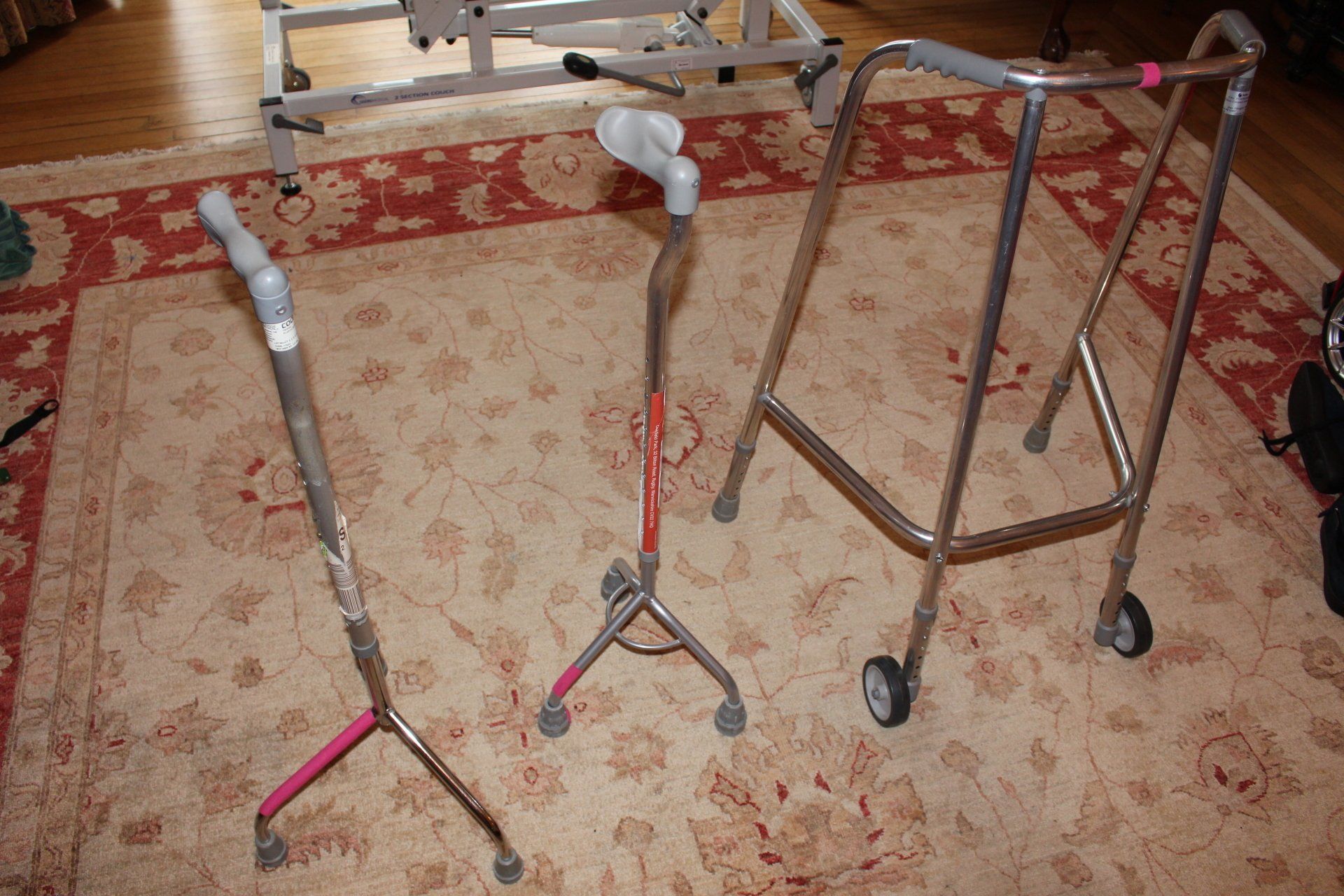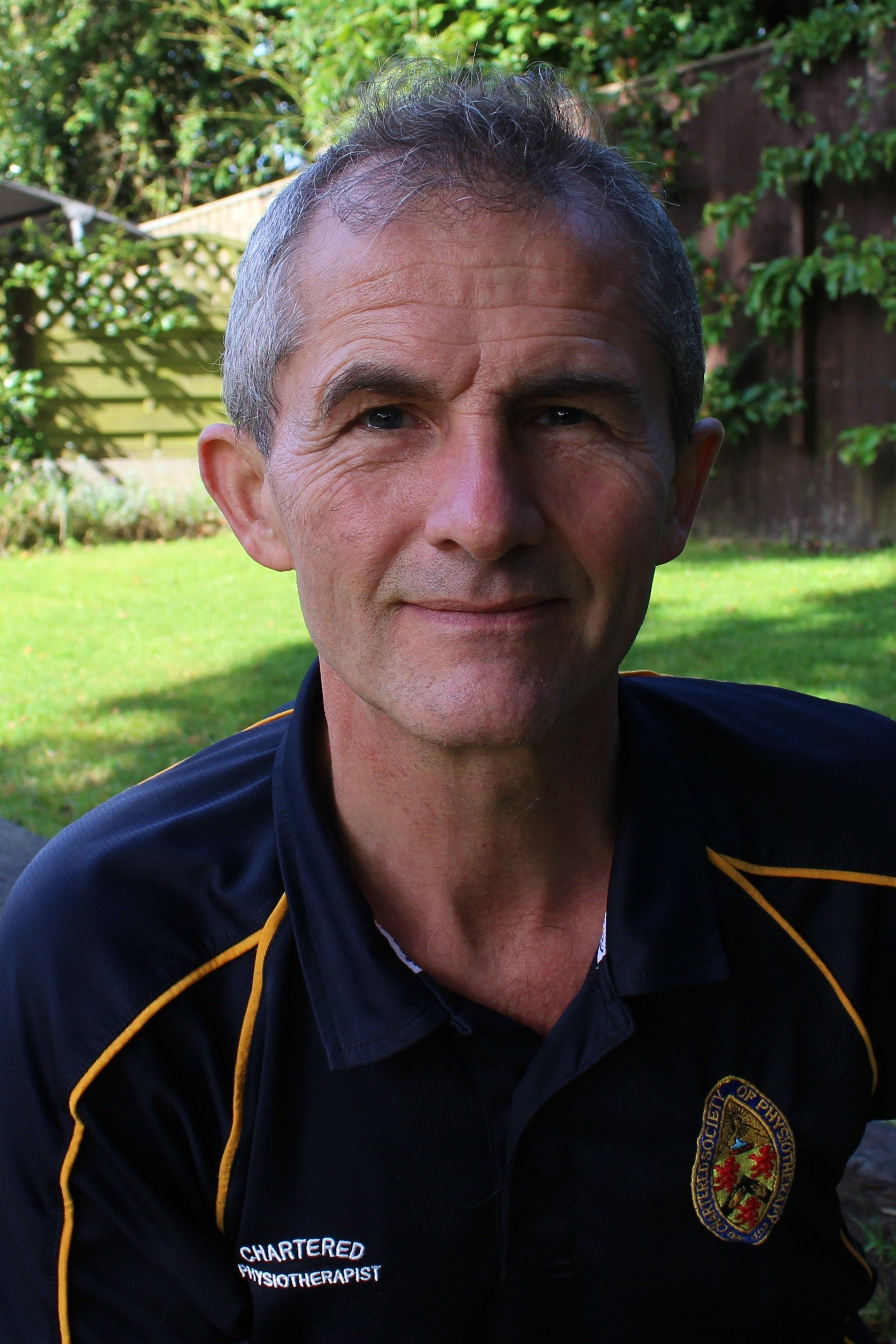Help with fear of falling
Being afraid of falling so much or so frequently can dominate after Stroke
These exercises can be used by anyone with that sense of falling or being unsafe. After stroke your body often tells you you are falling when you're not actually falling. Also it may not tell you you are falling when you are. One component of this problem is the self righting mechanism of the eyes. And of course there are other parts to the same problem, including altered reflexes, loss of strength, altered feedback of sensation and many more.
Question is though, what can be done ? These exercises can be done by anyone, including sitting in a chair, or even lying on a bed. They often need quite a bit of persistence to master, but are WORTH it ! Have a go and let us know how you have got on.
Physio for Stroke, Head Injury, Parkinson's Disease, Spinal Cord Injury
